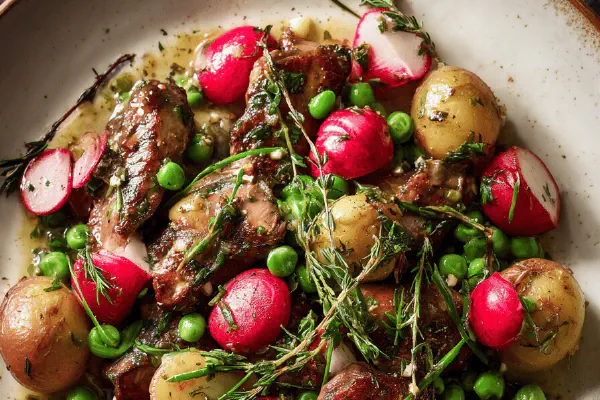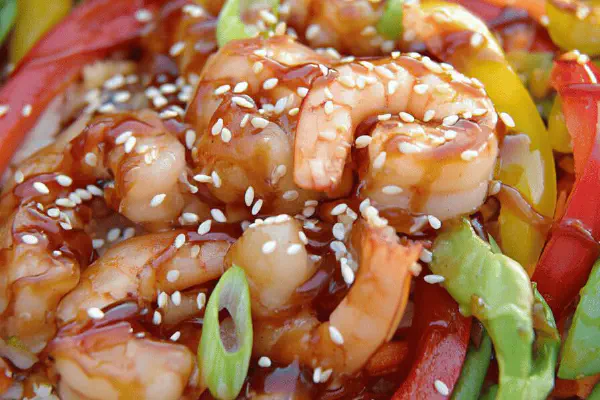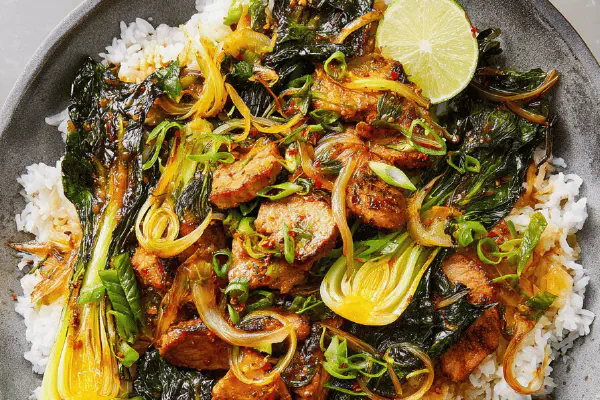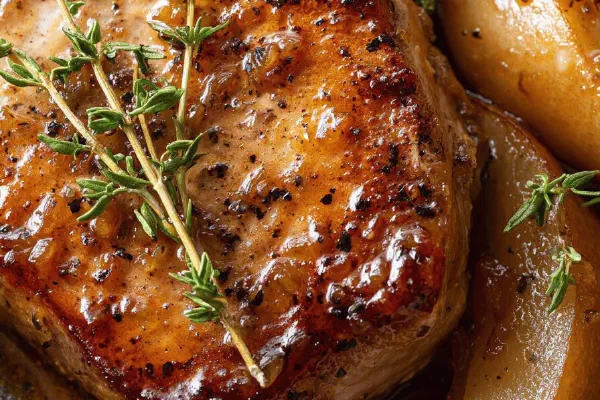Chicken Livers with Radishes and Peas

By Emma
Certified Culinary Professional
Ingredients
- 200 ml radishes sliced into quarters
- 50 ml cold unsalted butter in small cubes
- 4 small fingerling potatoes boiled and halved
- 200 ml frozen petit pois
- 300 g trimmed chicken livers
- 100 ml dry vermouth or white wine vinegar
- 1 tablespoon fresh thyme chopped
- Salt and freshly cracked black pepper
About the ingredients
Method
- Start with cold butter cubes ready near stovetop; radishes sliced. Heat a wide skillet on medium low; let butter start to foam but not brown yet. Add radishes making gentle sizzling sounds; softening without losing crunch is the goal. Watch edges turn translucent but keep bite. About 6 minutes. Toss in potatoes and peas; give them a quick stir, you want steam hissing just right. Another 4 minutes max. Season smartly; salt should be light at this stage since livers add richness. Keep vegetables warm in bowl; cover loosely so they don’t sweat and get mushy.
- Same pan, wipe if needed but don't wash; fond is flavor gold. Turn heat to 180°C moderate-high. Butter again, but less. Toss in livers, lay flat; no crowding. Sear 3 minutes one side until surface gets a golden crust but still tender inside; flip and do the same. They should jiggle slightly when poked rawness balanced. Remove to join veg mix, stir gently to avoid breaking livers.
- Pour vermouth (or white wine vinegar for sharp twist) without delay; it fizzles and bubbles, scraping bottom releases caramelized bits. Let it reduce slowly till syrupy glaze forms, shiny and thick. Off heat, whisk in remaining butter cubes piece by piece; emulsifies sauce giving a glossy, rich sheen that clings to spoon.
- Plating—spoon mixture evenly on plates so radishes peek through green peas and creamy potatoes. Lay livers on top, drizzle sauce over everything. Sprinkle with chopped fresh thyme versus usual chives; thyme adds earth and a subtle perfume. Final seasoning check with pepper and touch more salt if needed.
Cooking tips
Chef's notes
- 💡 Start butter cold and cubed near stove; melt slow till pale foam, not brown. Radishes key is soft edges translucent but bite intact; listen for soft sizzle, not steam. Overcook? Mushy. Timing over strict minutes best indicator.
- 💡 Pat livers dry; trim sinew or green bits which cause bitter notes. Sear in batches to avoid crowding pan steam instead of crust. Flip early when edges show gold. Touch test for jiggly center means tender, not raw or chalky.
- 💡 Use vermouth mainly; if missing, dry white wine or white vinegar sharpens quickly but reduces cooking time. Add liquid just after livers removed to catch fond caramelized sugars. Scraping bottom with wooden spoon lifts flavors fast.
- 💡 Whisk butter off heat piece by piece into reduced liquid. Emulsify slowly to get glossy thick sauce instead of greasy separation. If sauce too thin, simmer longer; add butter last incrementally. Sauce cools fast, dulls texture and shine.
- 💡 Keep cooked veggies warm but loosely covered separate from livers; prevents sogginess and steaming. Plating balance matters; scatter radishes and peas visible under livers, drizzle sauce evenly, sprinkle thyme fresh for aroma burst.
Common questions
How to avoid overcooking chicken livers?
Watch for slightly jiggly texture when poked; golden crust but still soft inside. Dry salt livers before sear helps. Crowd pan less to keep crust crisp. Overcooked turns chalky fast.
Can I substitute frozen peas with fresh?
Fresh spring peas bring sweeter, herbal punch. Frozen work fine but slightly dull flavor. Either way add peas last few minutes to avoid mushy texture; texture matters here very much.
What to do if sauce is too thin?
Reduce longer on medium heat letting moisture evaporate. Add butter cubes slow after off heat helps thicken and shine. If hurried, cold butter added too fast breaks sauce. Emulsion key here.
How to store leftovers?
Cool quickly, cover separately—livers and veggies. Refrigerate up to two days max. Reheat gently in pan low heat to avoid drying liver or mushy veggies. Sauce thickens when chilled; stir in splash vermouth or water to loosen.



